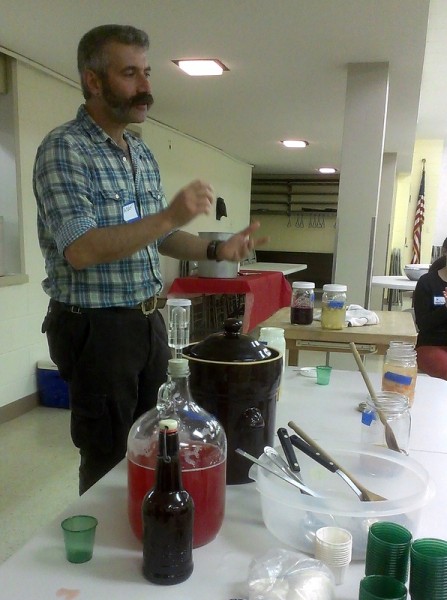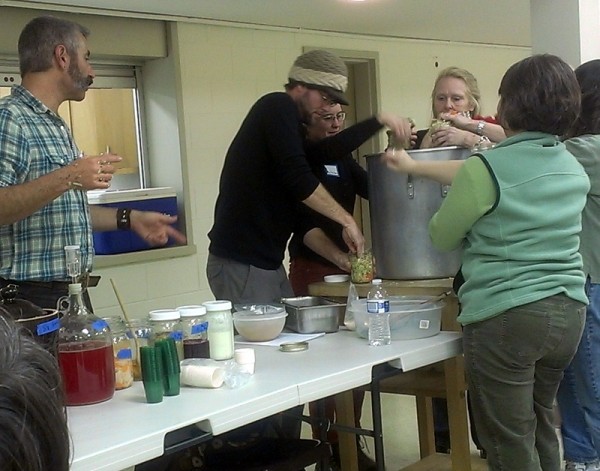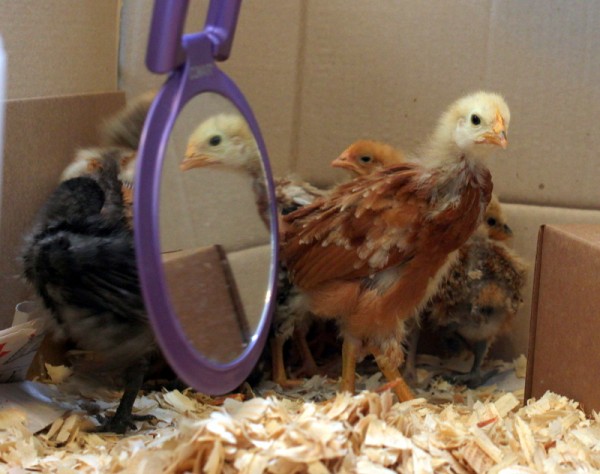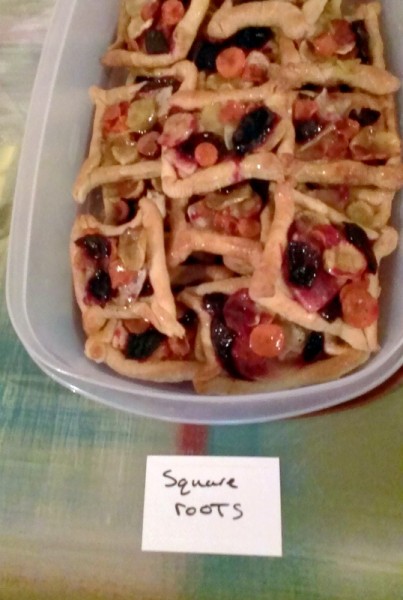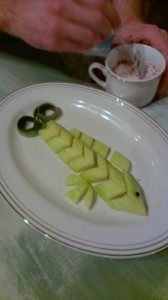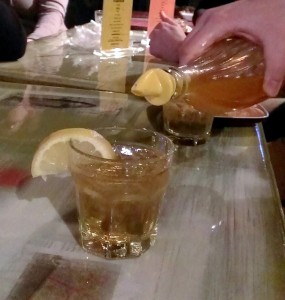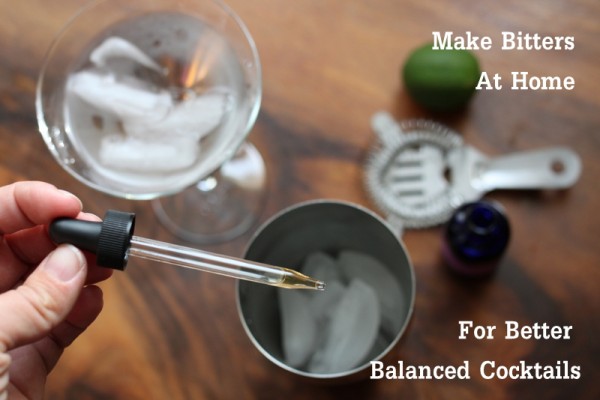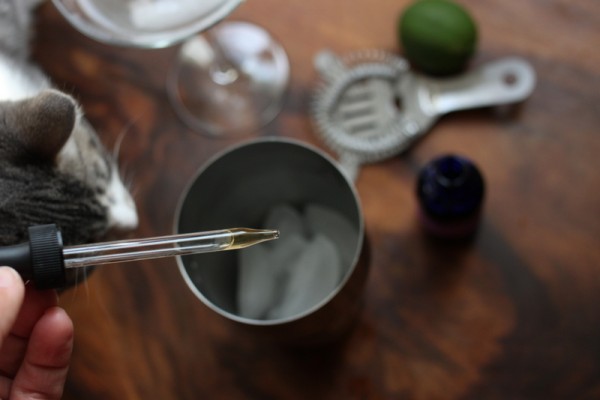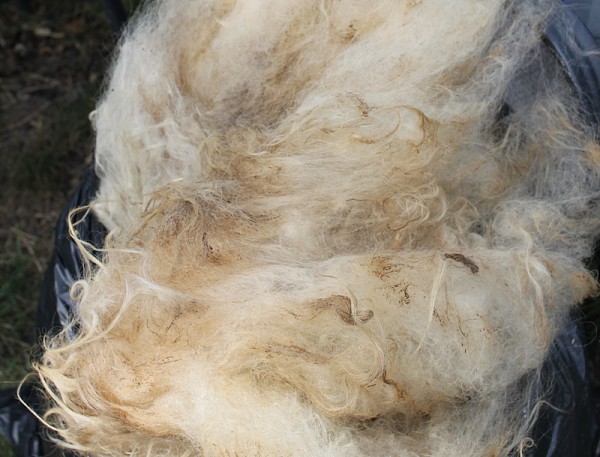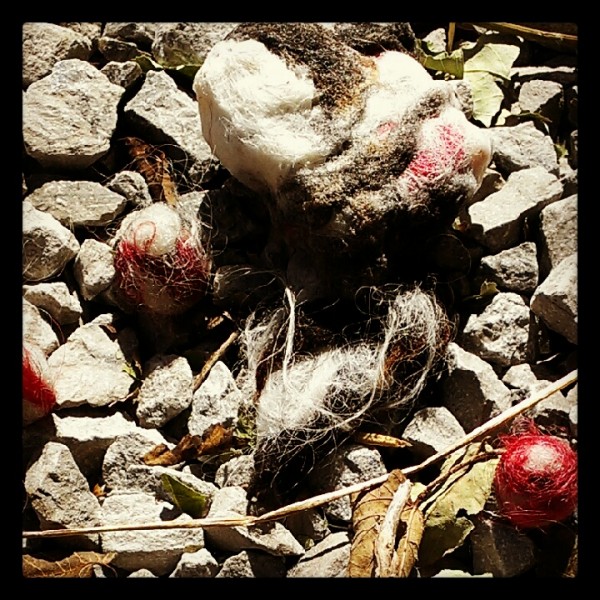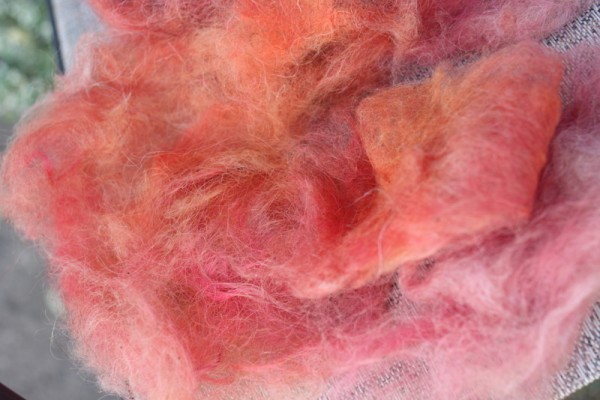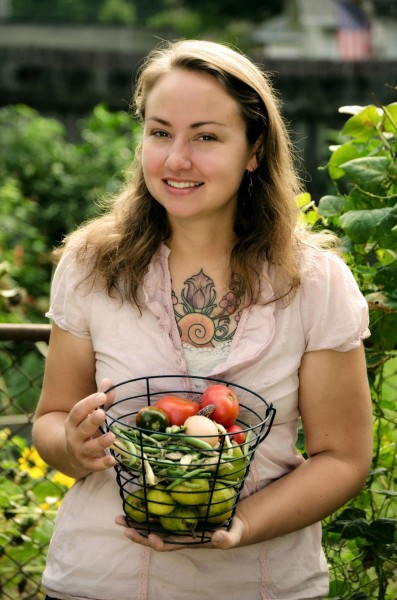 After a hiatus from teaching to work on unpacking at our new home, I am excited to begin offering classes again. This winter I will teach hands-on cooking classes at Franklin Park Conservatory, homesteading discussions at City Folk's Farm Shop, demonstrations at the Clintonville Farmers' Market, and a workshop at the Ohio Ecological Food and Farm Association annual conference. I am also partnering with Joseph of Swainway Urban Farm to offer a season extension workshop at our homestead.
One of the reasons I love leading classes is that I learn as much from the participants as I teach. I hope we can share knowledge soon.
After a hiatus from teaching to work on unpacking at our new home, I am excited to begin offering classes again. This winter I will teach hands-on cooking classes at Franklin Park Conservatory, homesteading discussions at City Folk's Farm Shop, demonstrations at the Clintonville Farmers' Market, and a workshop at the Ohio Ecological Food and Farm Association annual conference. I am also partnering with Joseph of Swainway Urban Farm to offer a season extension workshop at our homestead.
One of the reasons I love leading classes is that I learn as much from the participants as I teach. I hope we can share knowledge soon.
Be well,
Rachel
PS. I am thrilled to announce that next season, beginning in April, I will join the teaching staff of soon-to-open The Seasoned Farmhouse cooking school by Tricia Wheeler, publisher of Edible Columbus. Stay tuned for spring class announcements!
Franklin Park Conservatory - $30/members, $35 non-members. To register, visit the Conservatory at 1777 E Broad St, call 614.715.8022 or download a registration form here.
Dairy Delights - January 27 3:30 - 5:30 - A whole world of dairy products can emerge from a gallon of milk or bit of cream. Learn how to turn the basics into cheese, yogurt, kefir, butter, and whipped cream at home. The skills learned in this class can help you transform less-than-fresh dairy into something edible, make a recipe ingredient without going to the store, and have more fun in the kitchen.
Citrus Year-Round - February 24 3:30 - 5:30 - Do more with the fruit of Florida - put up the citrus jewels of winter to savor their tart sunny flavor throughout the seasons. We’ll make and taste lemon confit, candied grapefruit, marmalade, and homemade orange liqueur in this cheery class.
Potent Potables - March 24 3:30 - 5:30 - Beer, wine, hard cider, and mead are all within the grasp of the home cook. In this class we’ll taste samples and talk about ingredient sourcing, measurement, and bottling. Then, each participant will make a small batch of cider or mead to ferment at home.
City Folk's Farm Shop - $20/person. To register, stop in the store at 4760 N High St. Columbus OH 43214, call 946-5553, or email shopkeeper Shawn.
Edible Medicine - January 24 6-8 pm - Not only can food keep our body healthy, it can help support healing. Learn simple, scientifically-based remedies for winter colds, skin ailments, and more.
Fats - February 21 6-8 pm - The variety of cooking fats is enormous. Learn about how to make and use natural and local fats in your home cooking and when to use butter, lard, and oils. We’ll compare the various health factors in using different fats too.
Odds and Ends - March 23 6-8 pm - Great chefs and thrifty home cooks know how to make the most of stems, bones, roots, and other frequently discarded bits of produce and meat. I will show you how I include odds and ends in her everyday cooking and preserving.
Clintonville Farmers' Market - free drop-in demonstrations 10:30 - 12:30 at St. James Episcopal Church at Oakland Park and Calumet in Clintonville
Jerky - January 26 - Turn local meats into healthy protein-packed bites by making jerky at home.
Fats - February 23 - Make and sample culinary fats from local sources and learn about the health benefits of using natural fats in your cooking.
Odd Cuts - March 30 - Learn how to cook and preserve unusual (but inexpensive) cuts of meat like flank steak, heart, and offal.
Special Events:
Cooking with Cultures: harnessing the power of yeast and bacteria to ferment foods - OEFFA Conference Sunday February 17 1:30 - 2:30 pm - Fermented foods and beverages like kefir, beer, sauerkraut, vinegar, and pickles are not only nutritious and delicious but can connect the cook with local foods and ancient traditions. In this demonstration workshop, I will show how to start or expand making fermented foods and home and share samples. Included with conference registration.
Hoophouse Build and Season Extension Workshop - March 3 10 am - 2 pm. $25 includes locally-sourced lunch sponsored by City Folk's Farm Shop. Register at City Folk's Farm Shop 4760 N High St., by calling 614-946-5553 or emailing shopkeeper Shawn.
Join Joseph Swain of Swainway Urban Farm and the Tayse Baillieul family for a hands-on season extension workshop and hoophouse build. With the addition of a simple hoophouse which can cost around $300, home gardeners in Central Ohio can extend the growing season from early spring to late fall and right on through the winter months. A hoophouse can also provide a warm space to harden seedlings and get a jump on summer crops. In this session participants will construct a hoophouse while learning best practices on growing food for themselves year round. Hoophouse hardware and supplies will be available for purchase at City Folks Farm Store. The workshop will take place at our homestead in north central Columbus.
 What does 'comfort food' mean to you? Is it the sweet starchy goodness of Daddy's biscuits or the warm soothing flavor of Granny's green beans? Perhaps a drink with friends?
What does 'comfort food' mean to you? Is it the sweet starchy goodness of Daddy's biscuits or the warm soothing flavor of Granny's green beans? Perhaps a drink with friends?
